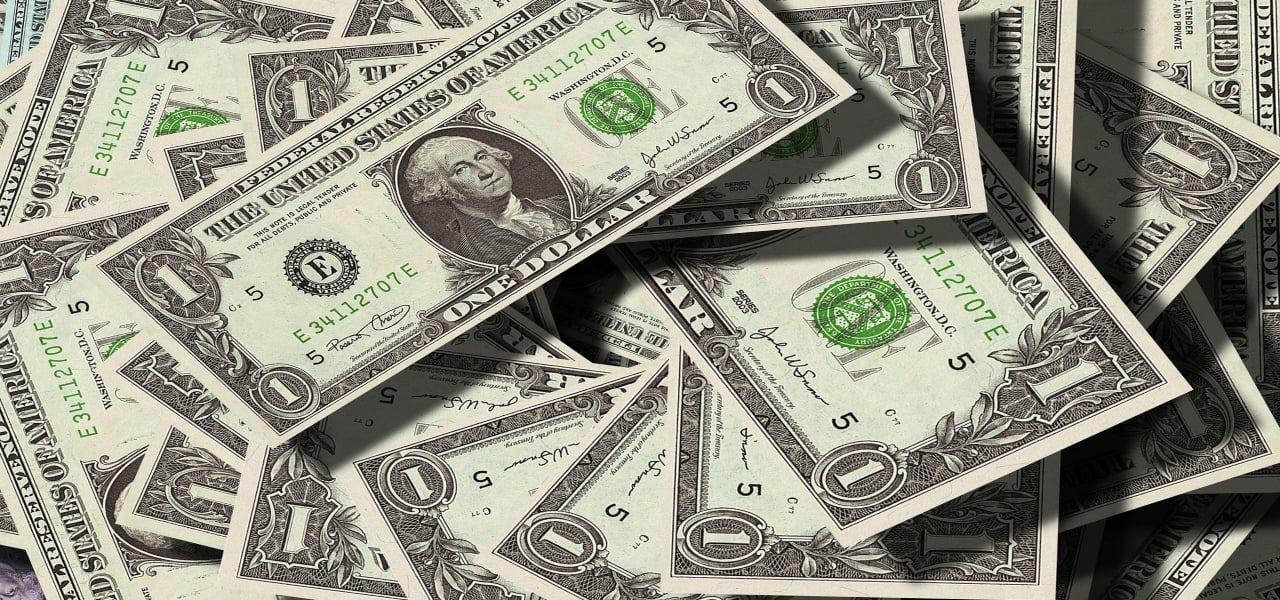U.S. wholesale inflation in August rose 8.3% from the same month last year, marking the highest annual increase since 2010. According to the Labor Department, the producer price index jumped 0.7% from July, following a 1% jump in June.
Q2 2021 hedge fund letters, conferences and more
U.S. Wholesale Inflation Record
As reported by ABC News, the COVID-19 recession –the shortest in history– has yielded rousing inflation amid the economic recovery. Constraints in the supply chain and worker shortages have nothing but pushed prices higher.
The U.S. wholesale inflation phenomenon has been dubbed by the Federal Reserve Chair Jerome Powell as temporary, “and has warned of the dangers of the central bank raising its benchmark interest rate (now near zero) prematurely, potentially stalling the economy's comeback.”
A report by Contingent Macro Advisors pointed that, “Since the pandemic, supply chains have never been the same and likely won’t normalize for at least six months.”
“Only then will we –and, more importantly, the Fed– get a true sense of the trend rate of producer inflation,″ the document added.
CNBC reported that the 8.3% annual increase is the highest ever since the indicator is kept on records as of November 2010. “That came following a 7.8% move higher in July, which also set a record.”
Deceleration
Matt Colyar, an economist at Moody's Analytics in West Chester, Pennsylvania, told Reuters: “Producers are struggling to replenish their stockpiles against surging demand.”
Final demand prices increased 0.3% in August, excluding food, energy, and trade services. Food prices jumped by 2.9%, while wholesale food prices have soared 12.7% in the last year, with the highest being beef (59.2%), and shortening and cooking oil (43.5%).
“Final demand services rose 0.7% for the month, thanks to a 1.5% gain in trade services, or the margins received by wholesalers and retailers. Transportation and warehousing costs surged 2.8%,” CNBC reports.
The promising economic recovery seen at the beginning of the summer is going through a rough patch, amid fears of the delta variant spread. In-store shopping decreased in August, hence affecting retail sales, with consumption at restaurants also decelerating.
Employers barely managed to fill 235,000 job openings, “a third of what economists were expecting, and a sharp drop from June and July, when about 1 million jobs were added each month.”






